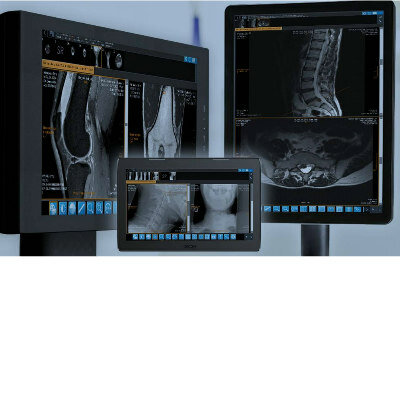X-Rays Often Inconclusive in Diagnosing Hip, Pelvic Fractures
By MedImaging International staff writers
Posted on 28 Apr 2010
Radiographs are frequently inaccurate in the detection of hip and pelvic fractures in the emergency department, according to recent findings.Posted on 28 Apr 2010
"The diagnosis of traumatic fracture most often begins and ends with X-rays of the hip, pelvis, or both,” said Charles Spritzer, M.D., lead author of the study. "In some cases though, the exclusion of a traumatic fracture is difficult,” said Dr. Spritzer.
The study, performed at Duke University Medical Center (Durham, NC, USA), included 92 patients who underwent X-ray scanning followed by magnetic resonance imaging (MRI) for the evaluation of hip and pelvic pain. "Thirteen patients with normal X-ray findings were found to collectively have 23 fractures at MRI,” stated Dr. Spritzer. "In 11 patients, MRI showed no fracture after X-rays had suggested the presence of a fracture. In another 15 patients who had abnormal X-ray findings, MRI depicted 12 additional pelvic fractures not identified on X-rays," he said.
The study was published in the April 2010 issue of the American Journal of Roentgenology (AJR). "Accurate diagnosis of hip and pelvic fractures in the emergency department can speed patients to surgical management, if needed, and reduce the rate of hospital admissions among patients who do not have fractures. This distinction is important in terms of health care utilization, overall patient cost, and patient inconvenience,” concluded Dr. Spritzer. "Use of MRI in patients with a strong clinical suspicion of traumatic injury but unimpressive X-rays has a substantial advantage in the detection of pelvic and hip fractures, helping to steer patients to appropriate medical and surgical therapy.”
Related Links:
Duke University Medical Center














